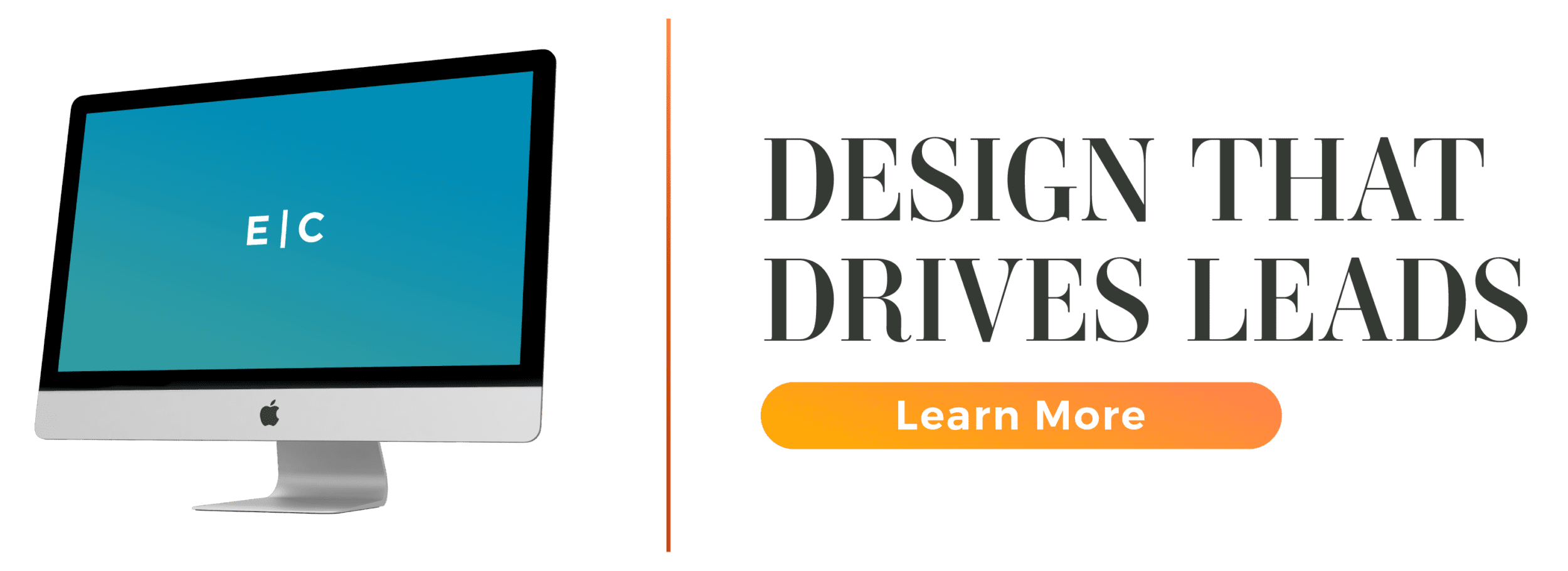“Custom.” It’s so hot right now.
Really, though.
Whether you’re talking custom Nikes or custom web design, there’s this idea that customization directly correlates with value.
And sometimes it does.
If you’re seeking a web presence for your brand that’s uniquely your own, here’s our number one caveat:
Don’t shoot for “different” just for the sake of different.
Know what your initiatives are first. Design with the customer experience in mind.
1. Custom Web Design Starts From Within
If your goal is nothing more than incorporating “the one cool feature you saw somewhere,” you probably aren’t ready for a new, custom website to begin with.
Identify your actual business goals and what primary purpose your website should serve.
Is your website meant to capture leads?
Sell products?
Display movie times?
Educate?
Motivate?
Your website’s reasons for existing—and the customer experience of those using it—should inform what kind of features or aesthetics would be the most beneficial (or be the biggest waste of time).
2. Be the Lighthouse
Regardless of your business objectives, custom web design worthwhile should be easy for users.
Let us say it again:
Never, ever sacrifice the user-friendly factor for novelty.
Your navigation menu should be logical, minimal, and easy to easy to find. Don’t be afraid to name tabs or pages (slightly) unconventionally, but do make them as intuitive as possible.
You want your users to stick around.
Keep this in mind:
55 percent of visitors will spend fewer than 15 seconds on your site.
Use interactive features sparingly and deliberately. If everything stands out, nothing does.
When developing a custom web design, the visuals, the movement, or the “flashiness” in general should never distract from your site’s purpose. Be the lighthouse that smoothly guides users to where they need to be.
(Don’t be the strobe light.)
3. Custom Web Design Should Have Custom CTAs
Like we mentioned earlier, every website should have a purpose.
Ideally, that purpose should give way to a tangible action you want your visitors to take before leaving.
If they’re not buying products or services on-the-spot, ensure that this still won’t be the last you hear from them—or they hear from you.
It’s not an inherently “exciting” part of a custom web experience, but it’s a necessary one.
Make a contact form easy to find and simple to fill out. Give visitors an opportunity to subscribe to your blog or your newsletter (assuming they’re both full of damn good content.)
And don’t forget the classic CTA. Gated by forms and behind an irresistibly clickable (and well-designed button), give users an offer they can’t refuse. Or at least one for which they’re willing to dish out some information.
4. Images Are (Almost) Everything
While creative content with SEO in mind is critical to custom web design, you can’t ignore the visual element.
And yes.
You will probably have to use stock photos for your site.
No, they don’t have to look like this or even like this. Resist the instinct to have imagery that’s either overly literal or overly metaphorical.
Don’t just fill space, either. Take the time to search for photos that, quite frankly, people actually want to look at. For us, Unsplash has been an amazing resource.
Whenever possible, include custom photography of your own people actually working in your space.
5. Trust Your Web Designer and Developer
You know your brand best, but let’s be honest:
If you also knew web design and development best, you wouldn’t be here.
When you call on a web designer and developer to help you stand apart from your competition through a custom website, you’re (hopefully) also asking them for their expertise.
Custom design for your website means leaving the template behind in exchange for a look, feel, and a format that appeals to your target market.
Reconsider the way you think custom design, too. It should ultimately always be about the customer experience, not an act of self-indulgence.
-FINAL(01-00)-White&Blue-01.svg)





